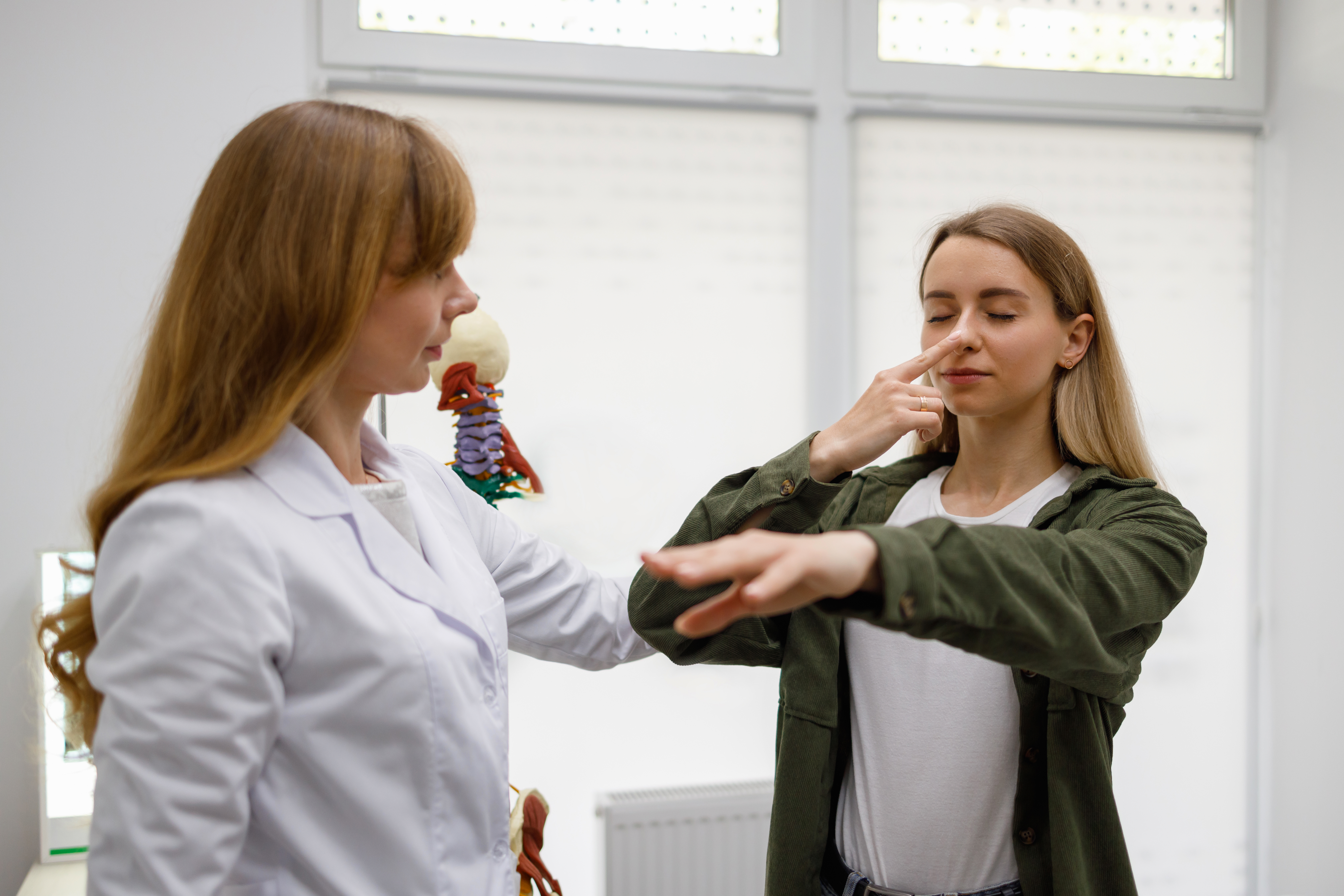15 Warning Signs Of Cerebellar Degeneration
11. Dysmetria

Dysmetria is the inability to judge the distance or range of a movement, leading to overshooting (hypermetria) or undershooting (hypometria) a target. It’s often tested by asking patients to alternately touch their nose and the examiner’s finger. Dysmetria arises when the cerebellum can’t accurately scale muscle force and timing. Repetitive practice under therapist guidance can improve accuracy, and weighted utensils or splints may temporarily stabilize tremulous movements during tasks like eating or writing.
12. Rebound Phenomenon (Holmes’ Sign)

Normally, if you push a patient’s forearm down and they resist, they’ll stop when the force is removed. In cerebellar degeneration, patients can’t quickly halt muscle activity, causing the arm to “rebound” violently—sometimes striking themselves. This rebound phenomenon highlights cerebellar deficits in rapidly adjusting muscle contractions. Management focuses on motor control training: slow, resisted movements taught by physical therapists to rebuild adaptive reflexes and reduce injury risk from sudden, uncontrolled rebounds.
